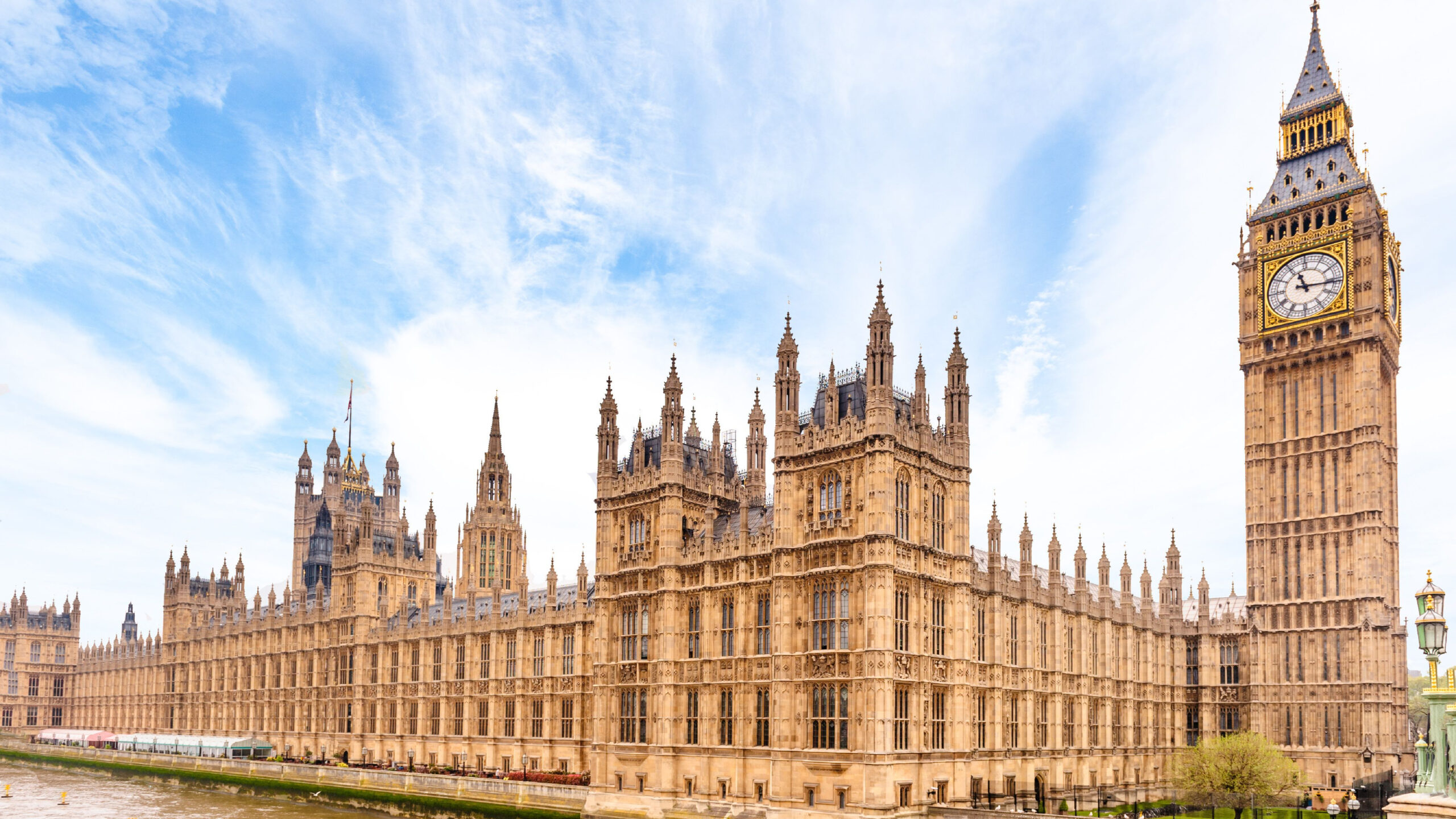DMCA Discussion Draft: A Flawed First Step
On December 22, 2020, Senate IP Subcommittee Chairman Thom Tillis released a discussion draft that would rewrite Section 512 of the Digital Millennium Copyright Act (“DMCA”). The draft was promptly criticized by groups as diverse as CCIA, Engine, Re:Create, the Library Copyright Alliance, Public Knowledge and the Electronic Frontier Foundation.
The press release issued by Chairman Tillis’s office states that the discussion draft “is the result of a year-long series of hearings and months of feedback from creators, user groups, and technology companies.” The press release omits one key player: the Copyright Office. This omission probably is no accident. In its overhaul of Section 512, the discussion draft replaces the existing notice-and-takedown framework with a “notice-and-staydown” regime. The Copyright Office, however, specifically recommended against adopting notice-and-staydown.
In its May 2020 report on Section 512, issued after a five-year study, the Copyright Office concluded that notice-and staydown “should be adopted, if at all, only after significant additional study, including evaluation of the non-copyright implications [it] would raise.” The Office noted that there was little data on the effectiveness of notice-and-staydown regimes because the implementation of the EU Digital Single Market Directive, which requires notice-and-staydown, is still underway. The Office observed that “to make the most informed decision possible, it will be necessary for Congress to consider many factors beyond simply the copyright law—questions of economics, competition policy, fairness and free speech, to name but a few.”
After the issuance of the report, Chairman Tillis and Senator Leahy sent follow-up questions to the Copyright Office. In response to the Senators’ request for the Office’s views concerning notice-and-staydown, the Office identified many problems with this approach. For example, a staydown filter might prevent future uploads that “differ in significant respects from the subject of the takedown notice,” such as a sample of a song being used as background music for different content. Or the filter could prevent incorporating a song into a political ad. The Office asked, “how do you comply with staydown request requirements while also protecting legitimate speech?” See here for a complete discussion of the Copyright Office’s response to the Tillis/Leahy questions.
Notwithstanding the Office’s clear concerns and call for further analysis, the discussion draft mandates adoption of notice-and-staydown. Significantly, this notice-and-staydown obligation would apply not only to services that host content or provide search functionality, but also to Internet access providers. In other words, Internet access providers would have to block access to allegedly infringing content after receiving a single takedown notice.
And if that wasn’t bad enough, the discussion draft gives the Copyright Office regulatory powers it never asked for and that are far beyond the scope of its expertise. In effect, the Copyright Office would have the authority to redesign the Internet every five years. In order to qualify for the safe harbor, all service providers would have to “follow reasonableness best practices” established and updated by the Copyright Office every five years. These best practices would “account for factors including the type and size of the service provider and the scale of infringement that occurs on the service.”
Additionally, the Copyright Office would develop a “model policy” for the termination of a subscriber’s Internet access which would set “minimum requirements” for Internet access providers. The Office also would adopt standard technical measures (“STMs”) to identify or protect works that service providers would need to implement in order to qualify for the safe harbor. This goes well beyond the Office’s suggestion in its study that it be given regulatory authority to “oversee the development” of STMs through a “consensus-building” process. Furthermore, the Office would establish criteria for web forms for the submission of staydown notices.
To ensure the constitutionality of this sweeping regulatory power, the discussion draft would relocate the Copyright Office from the Library of Congress to the Department of Commerce. Moreover, the Register of Copyrights would become a Presidentially-nominated, Senate-confirmed position. The combination of this broad power over the Internet by a Presidentially-nominated official within the Executive branch guarantees an unprecedented degree of politicization of Internet regulation.
To be sure, the discussion draft proposes some language intended to prevent abusive staydown notices. But this language fails to mitigate the negative impact filtering would have on fair use and free speech.
In its response to the Tillis/Leahy questions, the Copyright Office observed that designing a new system for responding to online infringement would necessarily reflect policy choices made by Congress. “Should primacy be given to the effective protection of the intellectual property interests of rightsholders of all sizes and sectors? Or to maximizing the diversity of, and innovation within, the internet ecosystem? Or, instead, to maximize the ability of individual citizens to speak to a broad audience and disseminate that speech?”
The Office then discussed the tradeoffs inherent in these policy choices. Thus, “prioritization of the diversity of the internet ecosystem…would argue in favor of looser qualification criteria so as to not threaten the viability of innovations that Congress may want to encourage.” Meanwhile, “prioritization of speech interests would likely argue for greater transparency within the system and against an unmediated, private, extra-judicial system.”
The discussion draft clearly gives primacy to the protection of intellectual property interests over the diversity of innovation within the Internet ecosystem and the maximization of the ability of individual citizens to speak to a global audience. Hopefully this primacy will be reassessed during the course of the legislative process.







